Integration is an enduring topic in enterprise informationization. It can focus on a certain point, such as the interface between two systems; it can also spread to the design of the overall IT architecture, covering a range of standards, busses, microservices, etc. content. Over the years, with the increasing number of SAP solutions, the range of integration scenarios related to it has also continued to expand. SAP's technical advisors also need to quickly refresh their knowledge base. Although IDocs, RFCs, and other technologies were still there 20 years ago, their ideas and architecture are still classic, but we have to express ourselves in another perspective and perspective. Do not say much, first go to the general picture: This general picture has a very clear definition. Regardless of whether there is a SAP solution, it is suitable for the construction of a modern IT integration system. Some terms are explained as follows: OP2OP Traditional integration areas are most familiar with the integration between local preset applications OnPremise2Cloud Integration between on-premises applications and cloud applications Cloud2Cloud Integration between cloud applications B2B Integration with external business partners User2OP User Access Integration to Local Applications User2Cloud User Access Integration to Cloud Applications Thing2OP Local Internet of Things Integration Thing2Cloud Cloud Internet of Things Integration Let's start with the most familiar OP2OP, look nostalgic, and paste a copy of the BIT100 Integration Technologies textbook: Through the RFC in the figure, we can realize the interoperability between ABAP and Java, ABAP, and .net (the textbook "BIT526 Dev. BAPI-Enabled Web Apps with Java" and "BIT528 SAP .NET Connector Programming"). At that time, Solve the vast majority of integration requirements. With the development of Web Services and the rise of SOA, SAP has introduced the NetWeaver platform as a home appliance. Since its adoption, it is still an important underlying technology platform for S/4 HANA. Under the NetWeaver framework, system integration evolved from peer-to-peer to bus-based. The familiar NetWeaver Exchange Infrastructure (XI) à Process Integration (PI) à Process Orchestration (PO) appeared later. In the process of product evolution, BPM was integrated. Concepts such as B2B, microservices, and so on, realize business flow and data flow in a unified platform. SAP Process Orchestration is an important tool for solving integration problems in on-premises solutions. But as mentioned above, OP2OP is just one of many scenarios today. We also need to consider OP2Cloud and even Cloud2Cloud. In this way, we need a tool similar to Process Orchestration in the cloud, which can give us more integration scenarios. This is SAP Cloud Platform Integration (CPI). From the system screenshots, we can see that the technical implementation of SAP Cloud Platform Integration is basically the same as Process Orchestration. We can also simply understand CPI as a “cloud PIâ€. For the choice of different integrated tools, there are reference ideas. For example, in the OP2OP scenario, Process Orchestration is more appropriate; in the Cloud2Cloud scenario, Cloud Platform Integration should be selected. However, there are overlapping usage scenarios between the two, such as OnPremise2Cloud. It should be said that based on the overall environment of the system, the technical route, and the overall cost and other factors, we can choose which one is more appropriate or used together. We often hear the phrase “seamless integration†on many occasions, such as “the seamless integration of XX solutions and ERPâ€. This statement itself has a lot of modified meaning, from the technology itself, both isomorphism and heterogeneous systems are through the API, there may be private API and public API, but will not cause much technical difference. The so-called "seamless integration", SAP realizes the way through out-of-the-box "Integrated Content Package" to extract commonly used scenes one by one, and preset them in the "Integrated Content Package" to be released together with the software. When we use it, we can quickly copy or reference and reduce the workload. As early as the NetWeaver XI era, XI Content was matched to solve the rapid integration for ECC; also in Cloud Platform Integration, Cloud Integration Content was also provided for rapid integration of S/4 HANA and SAP SaaS applications. The following figure uses on-premise S/4HANA and SAP SuccessFactors as an example. We can see the integration scenario quickly implemented through Cloud Platform Integration. Many of the contents mentioned above are based on the internal informationization of the enterprise. Then, how do external applications consider integration? Will we build some external applications for B2C, B2B, or IoT? From the perspective of technology stacks, the focus of individual applications for enterprise applications and the Internet will remain differentiated, but in many aspects, the two are infiltrating each other. For example, in the area of ​​integration, we do not confuse the contradiction between SOA and microservices, but Should find their own suitable scenes and work together. In the context of external integration, the early implementation approach was through EDI. SAP also included EDI early on in the functional components of the PI. The scenario we are talking about today is the API economy. For example, companies digitize internal physical assets such as manufacturing plants and products, and open the data, services, and business capabilities owned by the enterprise to the participants of the ecosystem in the form of APIs to realize the interconnection of business capabilities. A new network of value-sharing, mutually beneficial, and mutually beneficial parties. One of the technical foundations for realizing the API economy is the need for a unified API management platform. SAP's solution is the Cloud Platform API Management. API Management treats all internal corporate applications as API Sources, whether local applications or the cloud. It provides a series of capabilities such as API development, registration, version management, conversion, API traffic flow management, security, monitoring, analysis, etc., and is then uniformly released in the cloud as a REST API to provide for the participation of the ecosystem. Party to use for consumption. One of the most common examples is listed in the figure below. It is the traffic flow management of the API. The internal API is published in a current-limit and frequency-restricted manner, and its usage frequency and frequency are limited according to specific conditions. Bluetooth louder speaker has a high-power trumpet, the subwoofer is very shocking, and it can also realize TWS wireless serial connection, the left and right channels can play songs at the same time, as if you are in a theater.
We also use waterproof fabric to make it, the waterproof Bluetooth speaker grade reaches IPX5, which can prevent rain or domestic water from splashing on the speaker. When using it, remember to close the charging rubber plug,Dont worry about ranning or splashing water,let you enjoy the music.
Waterproof IPX5 Bluetooth Louder Speaker,Portable Bluetooth Louder Speaker,Heavy Bass Bluetooth Louder Speaker Shenzhen Focras Technology Co.,Ltd , https://www.focras.com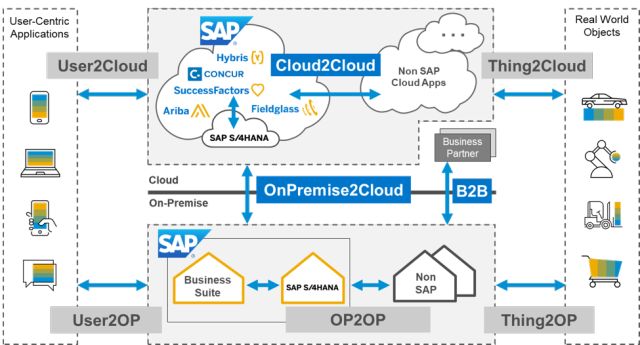
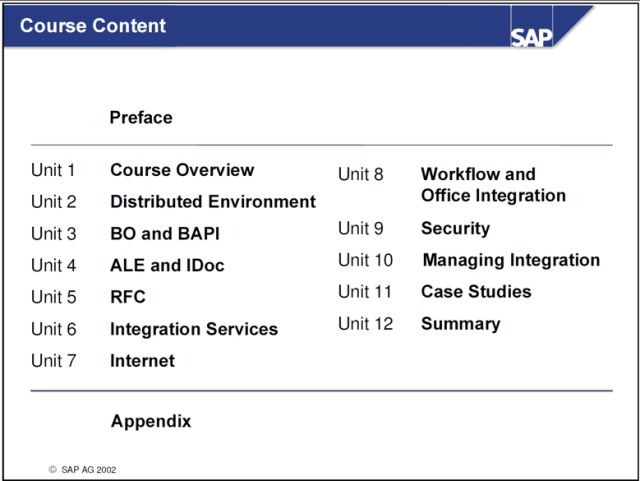


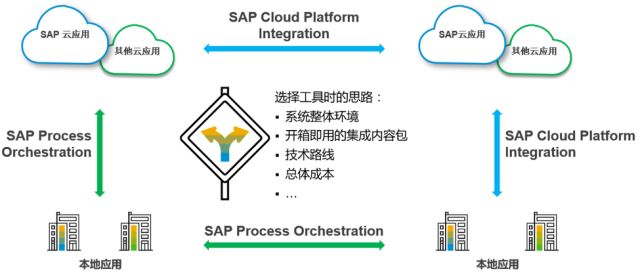
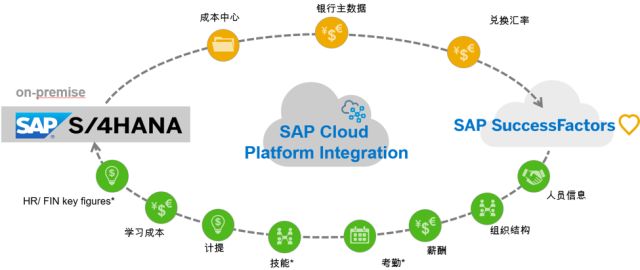
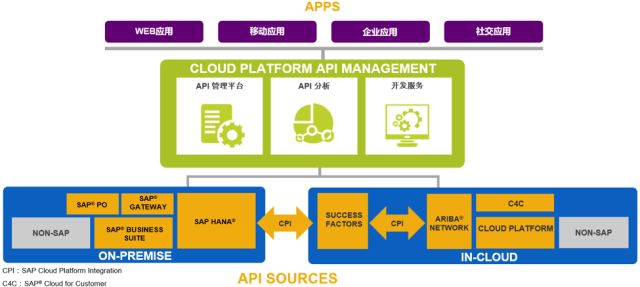
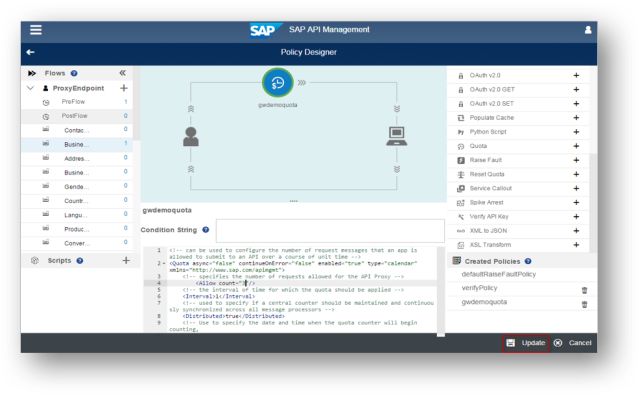
The portable Bluetooth rich bass speaker is very smart. It can support AUX, USB, TF card memory reading, Bluetooth connection, etc. for playback. The LED light flashes according to the rhythm of the music, which is very sensational and cool!It supports hand free call then frees your hands.
Bluetooth Speaker also has a long battery life. The 6000mAh battery allows the playback time to reach 5H~10H, allowing you to enjoy music anytime and anywhere when you outdoors without worrying about the battery running out quickly.
March 29, 2023